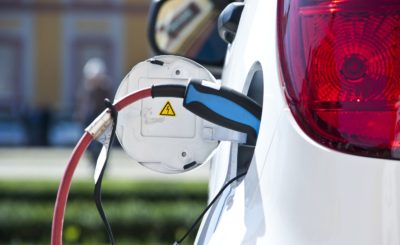The rise and use of electric vehicles are evident in many industries. The increase might convince you that electric vehicles are part of your business future. If you’re to push that thought, you will need a strong business case. It helps bring everyone on board and make you persuasive and factual, and you must learn how to build it.
Here are the steps to build a business case for all-electric vehicles
- Align it with the business strategy
Your business case should align with your company’s vision, mission and objectives. So, start by familiarizing yourself with the current strategies to identify what the business is trying to achieve. Then, place the benefits of electric vehicles against the strategies to see how they might line with the company goals. Such will include
- Financial
An EV fleet from Ree Auto is a cost-saving approach within a mid-to-long-term timeframe. They significantly lower energy costs and their maintenance is 70% less than the internal combustion engine (ICE) fleet. Also, EV fleets have the opportunity to optimize Vehicle-to-grid capabilities due to the advances in technology. However, if the business is in cost-cutting mode, EVs might not be practical or needed.
- Environmental
Many businesses have sustainability goals in their objectives. Electrical vehicles will be a great way to attain sustainability goals due to their less emissions. Also, EVs will help your business attain the current and future regulations relating to carbon emissions and reporting.
- Health and Safety
Electrical vehicles have a perfect battery positioning which lowers their center of gravity. That increases stability and prevents rollover accidents. Other safety features can include lane assist, vehicle sensors and automation.
- Lead with the moon-shot
Considering the organization’s goals will give you an insight into the priorities of your business case. If it needs to be clarified, you can look at the company’s ‘moon-shot,’ a long-term goals plan guided by the core values and purpose of the business. Such can be having a Tesla fleet to accelerate the world’s transition to sustainable energy. If you get the benefits of an EV fleet in the moon shot, your proposal will be irresistible.
- Involve stakeholders
There will be numerous stakeholders ranging from the finance director, energy manager, and HR director. Engage them regularly to maintain the relationship and form a team.
- Find an ally
Finding an executive sponsor who will drive your project forward is a great asset. You can share your analysis and alignment with business goals and work with them to move it to the next step
- Conduct a suitability assessment
Conducting a suitability assessment will help you know what’s achievable and realistic. You have to consider your fleet’s EV potential and requirements. Understand the current fleet demand and check data that simulate how EVs will fare under the same conditions. Such could include millage per trip or per day, load requirements, resting locations and operation areas. After the suitability assessment, you will have a perfectly made business case.
Conclusion
The cost of electric cars is significantly higher, but these vehicles offer numerous benefits and suit low-emission zone regulations. Depending on your goals, use or other factors, you should ascertain that the cars are right for you or your business. The above information will help you develop a quality and standard business case for all-electric vehicles.



